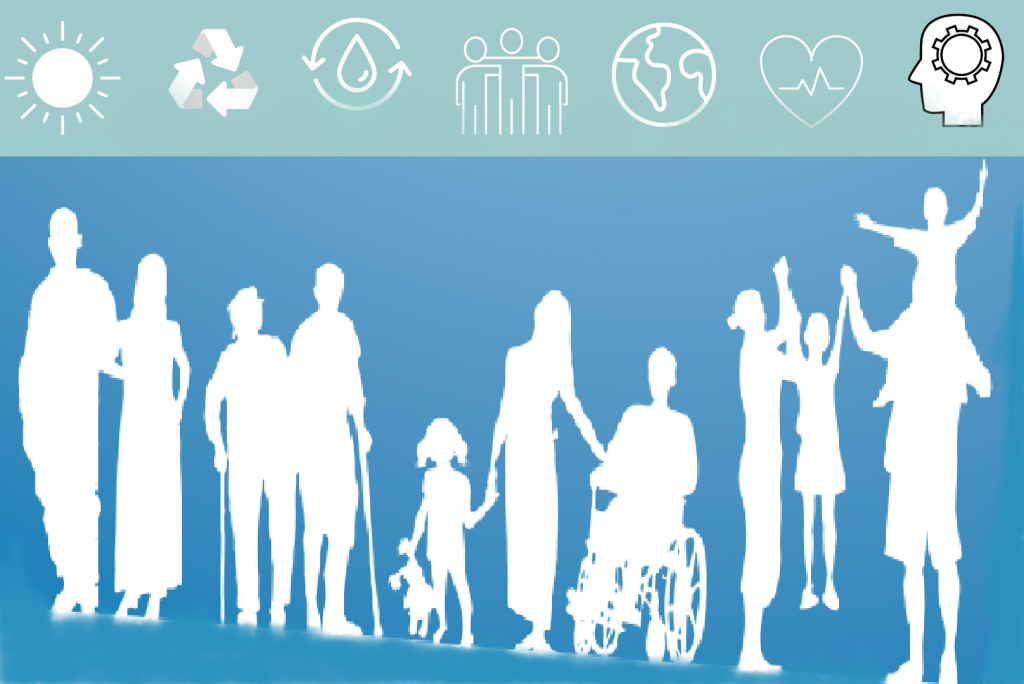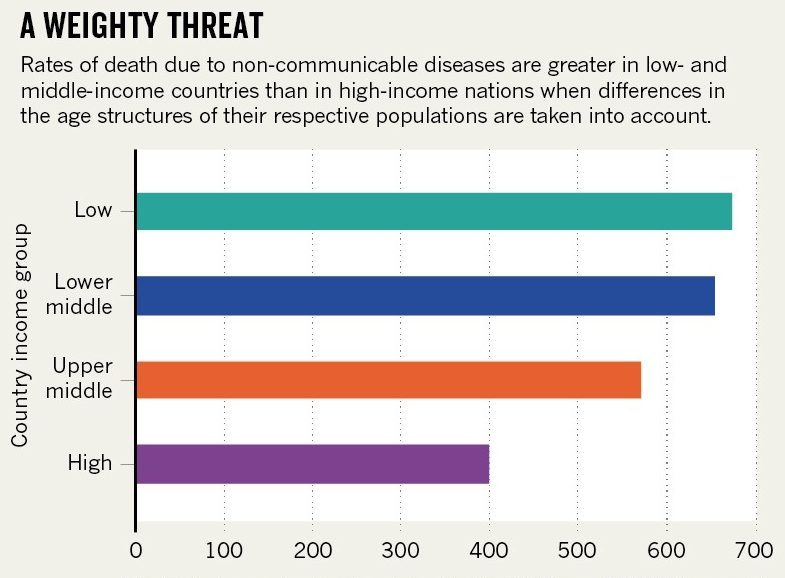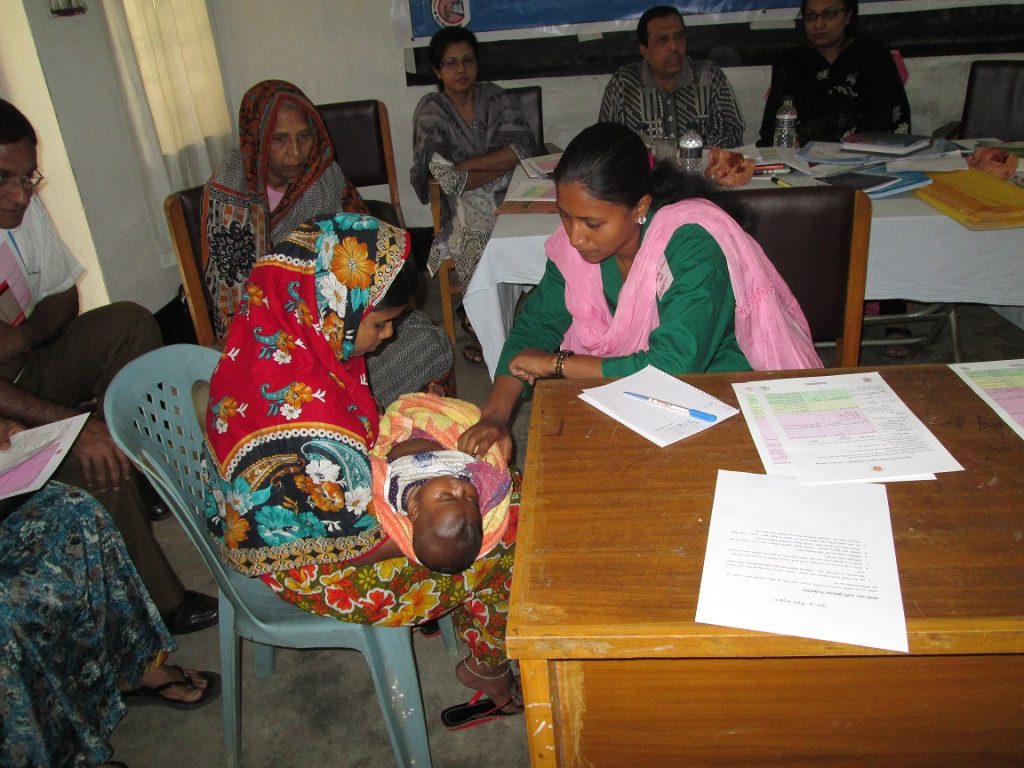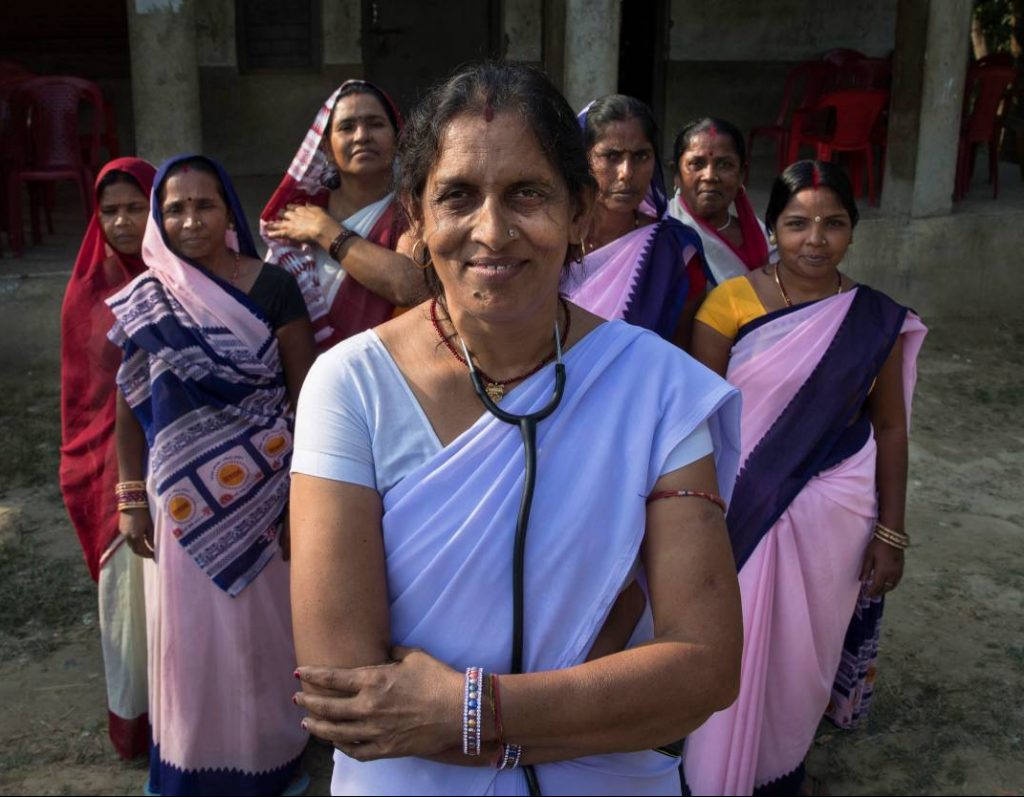

A sustainable world is the global agenda for the 193 members of the United Nations, including India. As part of the deliberations by the respective countries, 17 Sustainable Developmental Goals (SDG) were agreed upon and came into effect on January 1, 2016, and tracked till 2030. One of the key goals here is ‘Good Health and Wellbeing’, focusing on reducing premature mortality from non-communicable diseases by one-third by 2030 through prevention and treatment and promoting mental health and well-being.
 The burden of non-communicable diseases is not an unknown one for the country. Being a global cause of premature deaths, they are a greater threat to a country, and their concentration is skewed towards the low and middle-income countries, thereby impacting the economics of a nation. There is an impetus by the government and the private sector to bring down this burden for years now, but more needs to be done to move the needle. More so, since this objective is directly proportional to better human behaviour in terms of lifestyle habits.
The burden of non-communicable diseases is not an unknown one for the country. Being a global cause of premature deaths, they are a greater threat to a country, and their concentration is skewed towards the low and middle-income countries, thereby impacting the economics of a nation. There is an impetus by the government and the private sector to bring down this burden for years now, but more needs to be done to move the needle. More so, since this objective is directly proportional to better human behaviour in terms of lifestyle habits.
If one could narrow down a few crucial aspects of making the fight against NCDs a notable one, those would be the motivation of non-profit organisations in setting up a framework and collaborating with the government on the ground level, enriching new-age technology for long-term sustenance, followed by the astounding resilience of the frontline healthcare workers, and lastly, the involvement of self-motivated beneficiaries.
Talking about the role of partners, including private companies, we are all contributing to the welfare in the form of catalysts and bringing into play the innovative systems that have the potential to enhance the way healthcare is accessed today at the community level. But the question is how much collaborative work of bringing accelerators together is enough to drive change.
If one could narrow down a few crucial aspects of making the fight against NCDs a notable one, those would be the motivation of non-profit organisations in setting up a framework and collaborating with the government on the ground level, enriching new-age technology for long-term sustenance, followed by the astounding resilience of the frontline healthcare workers, and lastly, the involvement of self-motivated beneficiaries.
 Collaborating with government bodies: Often, NGOs can implement some of the most beneficial solutions at a mass community level with the support from the private sector – both from a financial standpoint and bringing together genuine partnerships unlocking opportunities. NGOs and governments, however, have different goals, mandates and constraints. It is possible to provide scale and sustainability to an initiative only with the support and continuous liaising with the government – given its national policies that constitute a structured approach, multiple checkpoints and like-minded thinking that can bring about a paradigm shift.
Collaborating with government bodies: Often, NGOs can implement some of the most beneficial solutions at a mass community level with the support from the private sector – both from a financial standpoint and bringing together genuine partnerships unlocking opportunities. NGOs and governments, however, have different goals, mandates and constraints. It is possible to provide scale and sustainability to an initiative only with the support and continuous liaising with the government – given its national policies that constitute a structured approach, multiple checkpoints and like-minded thinking that can bring about a paradigm shift.
 Accelerated focus on new-age technology-oriented healthcare access solution for longevity: Providing the public with future proof access across the spectrum of care – from prevention awareness, diagnosis and treatment to post-treatment, along with wellness, helps in creating an overall impact. With the advancement of integrated digital and technological solutions that can support the existing healthcare infrastructure, the current system of care will be able to manage a more significant number of patients through such integrated solutions.
Accelerated focus on new-age technology-oriented healthcare access solution for longevity: Providing the public with future proof access across the spectrum of care – from prevention awareness, diagnosis and treatment to post-treatment, along with wellness, helps in creating an overall impact. With the advancement of integrated digital and technological solutions that can support the existing healthcare infrastructure, the current system of care will be able to manage a more significant number of patients through such integrated solutions.
Multiple institutions have the resources, expertise, and people needed to harness, guide, and incubate behaviour change ideas aimed at preventing NCDs. Tackling the issue of awareness, detection, and prevention early on is what we need to emphasise to create an impact on the future generations to come.
 Resilience of frontline workers: We have some exemplary examples of the work undertaken by ASHA workers in eradicating polio, and recently, the mass COVID-19 vaccination drive. No matter how robust a strategy may be behind any initiative, the frontline community workers are the pivot points to bring it to life. Their detailed knowledge and insight about a particular community are significant to influence end beneficiaries. Often playing the role of health activists, the community workers, paramedics, and frontline workers, need continuous subject matter training to enhance their understanding of a particular subject. As indicated by the Government, periodic sessions on capacity, skills and knowledge building are incorporated into multiple public and privately run projects, but there still exists an opportunity to ensure merit and continuity.
Resilience of frontline workers: We have some exemplary examples of the work undertaken by ASHA workers in eradicating polio, and recently, the mass COVID-19 vaccination drive. No matter how robust a strategy may be behind any initiative, the frontline community workers are the pivot points to bring it to life. Their detailed knowledge and insight about a particular community are significant to influence end beneficiaries. Often playing the role of health activists, the community workers, paramedics, and frontline workers, need continuous subject matter training to enhance their understanding of a particular subject. As indicated by the Government, periodic sessions on capacity, skills and knowledge building are incorporated into multiple public and privately run projects, but there still exists an opportunity to ensure merit and continuity.

Self-motivated beneficiaries: Behaviours and habits are formed early on in life. Therefore, an intervention early on in the life of young beneficiaries between the age of 10-20 years can be a game-changer. When we can connect with adolescents and gain their attention by presenting promising directions with the help of an intriguing solution-oriented approach targeted at some of their felt and unfelt problems, we can potentially leverage them as future influencers to drive change and do the right thing. This provides an opportunity for young people to put their knowledge to good use by determining what motivates them and how they can contribute to managing healthcare in their community.
Multiple institutions have the resources, expertise, and people needed to harness, guide, and incubate behaviour change ideas aimed at preventing NCDs. Tackling the issue of awareness, detection, and prevention early on is what we need to emphasise to create an impact on the future generations to come.

